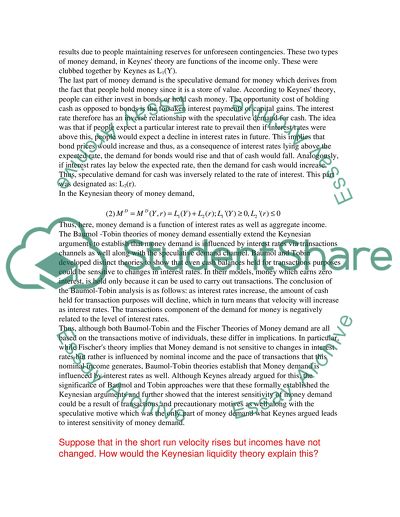Cite this document
(“Demand for Money Essay Example | Topics and Well Written Essays - 1000 words”, n.d.)
Retrieved from https://studentshare.org/environmental-studies/1422717-demand-for-money
Retrieved from https://studentshare.org/environmental-studies/1422717-demand-for-money
(Demand for Money Essay Example | Topics and Well Written Essays - 1000 Words)
https://studentshare.org/environmental-studies/1422717-demand-for-money.
https://studentshare.org/environmental-studies/1422717-demand-for-money.
“Demand for Money Essay Example | Topics and Well Written Essays - 1000 Words”, n.d. https://studentshare.org/environmental-studies/1422717-demand-for-money.


